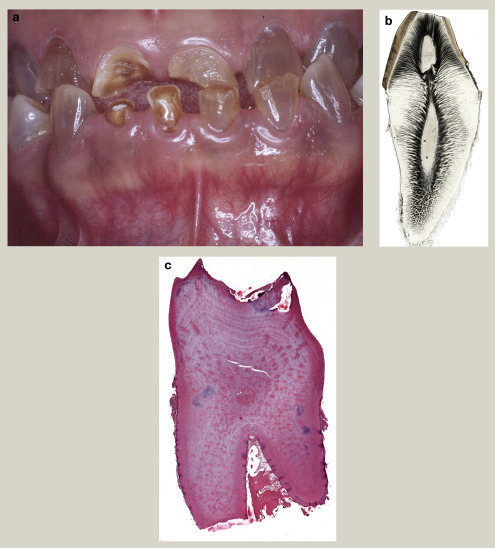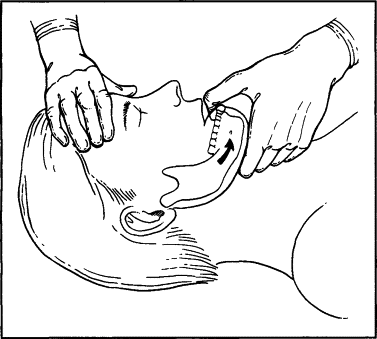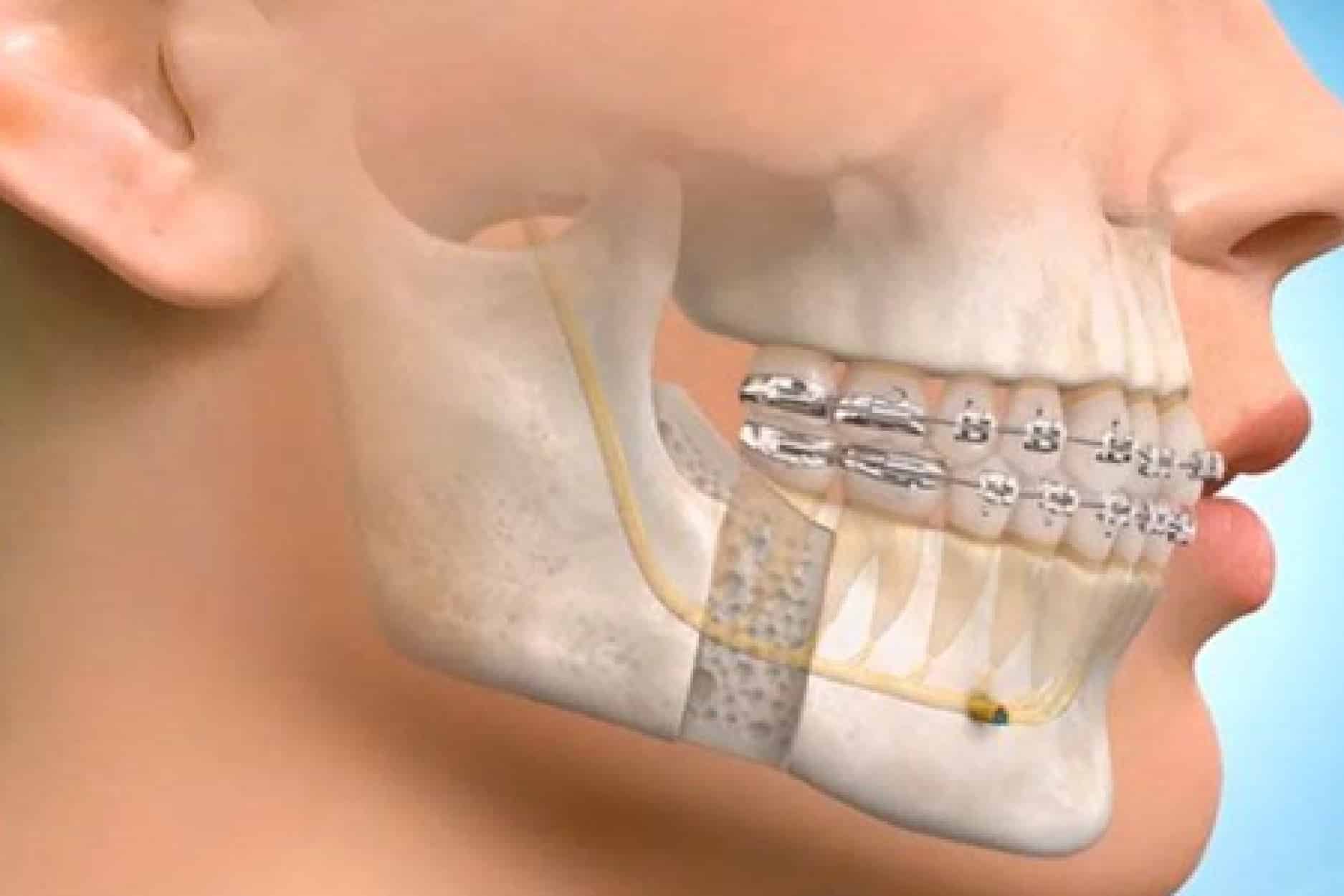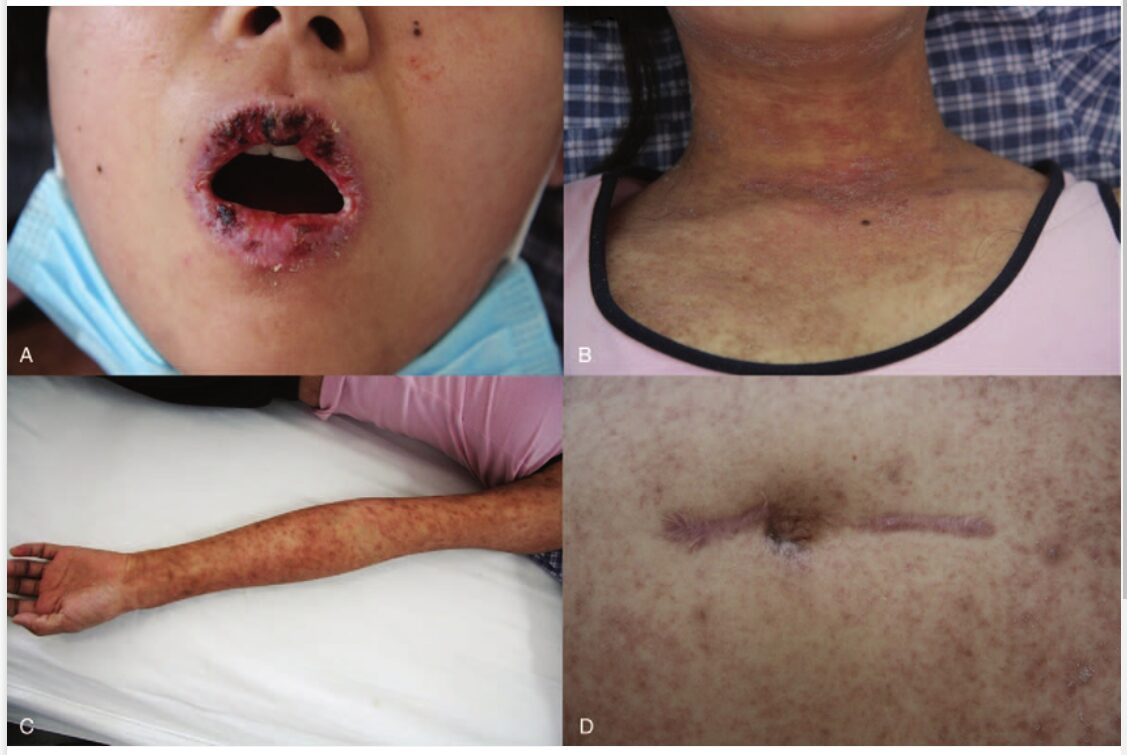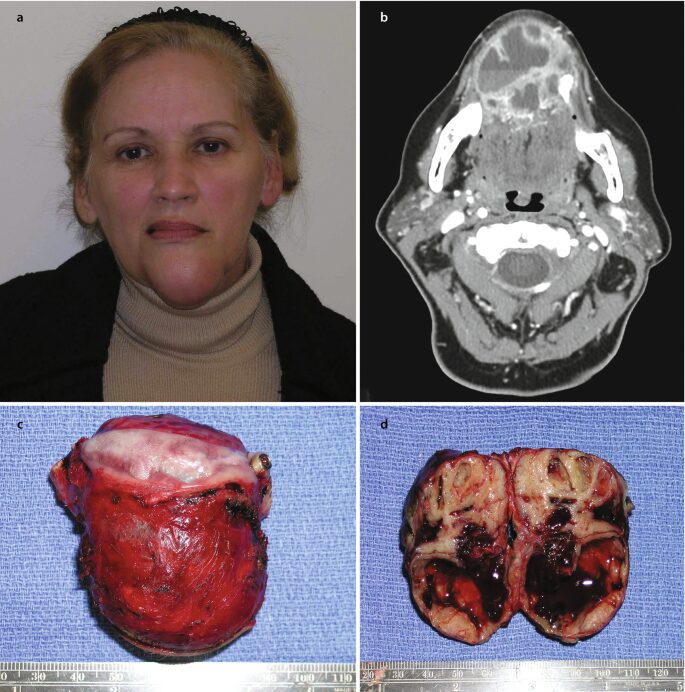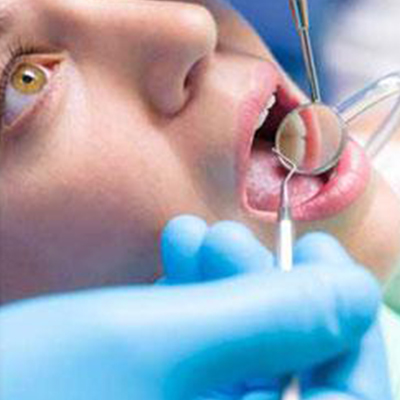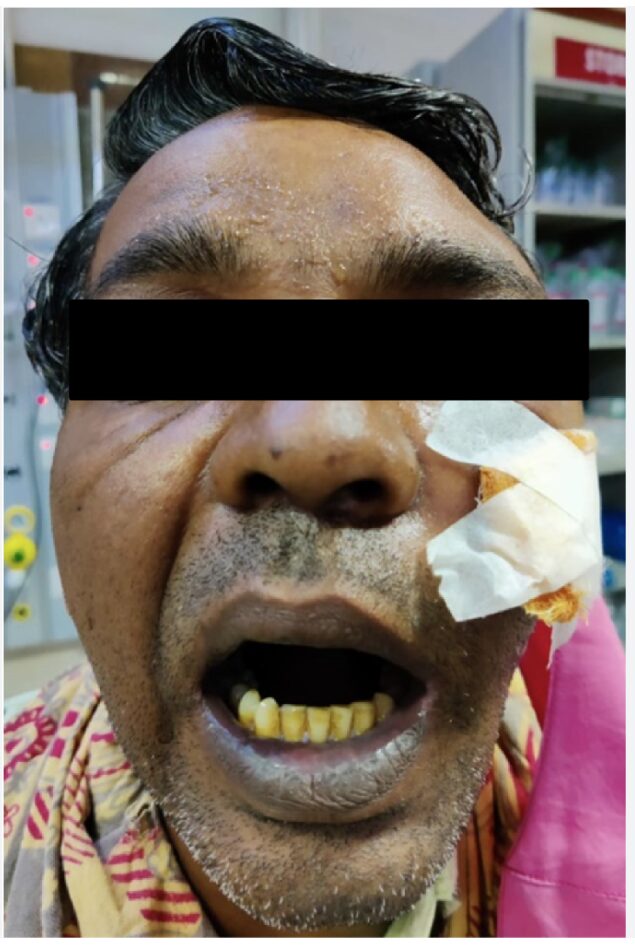MCQs on TMJ and Maxillary Sinus – Oral and Maxillofacial Pathology
In this Post you will be able to take quiz containing important MCQs of Oral and Maxillofacial Pathology and topic covered in this Quiz will be TMJ and Maxillary Sinus . Correct Answers are Marked in Bold and Blue colour.
Temporomandibular Joint and Maxillary Sinus Multiple Choice Questions
1. TMJ is a:
A. Fibrous joint
B. Hinge joint
C. Ball and socket joint
Answer: D. Diarthroidal and ginglymoidal joint
2. Which is not a theory of TMJ ankylosis?
A. Condylar burst theory
B. Calcification around the joint
C. Fracture segment moves backward and fuses with the zygomatic arch
Answer: D. Synovial fluid leaks and attracts calcium ions
3. In arthroscopy, for TMJ adhesion lysis, the LASER used is:
A. Argon
B. Er-Yag
C. He-Ne
Answer: D. Ho-Yag
4. The maxillary sinus drains into the:
A. Sphenoethmoidal sinus
B. Superior meatus
Answer: C. Middle meatus
D. Inferior meatus
5. Over filling may force materials directly into the maxillary sinus most frequently in the case of:
A. Facial root maxillary first premolar
B. Maxillary first premolar
Answer: C. Maxillary first molar
D. Maxillary second premolar
6. Early movement for surgery following ankylosis is:
A. Unimportant
B. Indicated only when ankylosis is one sided
Answer: C. Desirable
D. Harmful
7. All of the following are approaches to TMJ EXCEPT:
Answer: A. Gillie’s temporal approach
B. Alkayat-Bramley periauricular incision
C. Hind’s retromandibular approach
D. Endaural approach
8. In a patient of 8 years having history of trauma at the age of 5 years, the TMJ gets ankylosed. What should be the treatment?
A. Gap arthroplasty
B. Condyloplasty
C. Condylectomy
Answer: D. Gap arthroplasty with temporalis muscle mesniscus placed in joint space
9. Pediatric patient planned for costochondral graft for TMJ ankylosis is intubated best by:
A. Topical anesthesia plus sedation
Answer: B. Awake fibreoptic intubation
C. Tracheostomy
D. General anesthesia
10. Which of the following is not done in treatment of ankylosis?
Answer: A. High condylar shave
B. Ipsilateral coronoidectomy
C. Contralateral coronoidectomy
D. Repositioning of temporal fascia
11. Oroantral fistula most commonly occurs during extraction of:
A. Facial root maxillary first premolar
B. Maxillary first premolar
Answer: C. Maxillary first molar
D. Maxillary second premolar
12. The adult maxillary air sinus always lies directly above the following teeth:
A. Incisors and canine
B. Premolars
Answer: C. Molars
D. Incisors
13. Spontaneous closure can be expected in:
A. Chronic oroantral fistula
Answer: B. Acute oroantral fistula
C. Both chronic and acute oroantral fistula
D. None of the above
14. Obstructive sleep apnoea caused by the following:
A. Dentigerous cyst
Answer: B. Bilateral TMJ ankylosis
C. Orbital fracture
D. mandibular ameloblastoma
15. Most common cause of clicking:
A. Hypermobility
B. Loose articular bodies
C. Disc displacement without reduction
Answer: D. Disc displacement with reduction
16. Following are the normal features of TMJ EXCEPT:
A. Joint sound
B. Deviation of the mouth in opposite while opening the mouth in eccentric movements
Answer: C. Pain while opening the mouth
D. None of the above
17. The radiographic feature of sinusitis includes:
Answer: A. Clouding and fluid level
B. Erosion of bone
C. Clouding of antra
D. Fluid levels
18. Initial clicking of TMJ while opening is due to:
A. Lateral displacement of the condyle
Answer: B. Retruded condyle in respect to articular disc
C. Protruded condyle inn respect to articular disc
D. perforated disc
19. Oroantral fistula in maxillary third molar region is best treated by:
A. Bridge flap
B. Palatal mucoperiosteal flap
C. Buccal mucoperiosteal flap
Answer: D. Palatal island flap
20. Dautry procedure is used for:
A. None of the above
B. Correction of ankylosis
C. Correction of prognathism
Answer: D. Correction of recurrent dislocation of mandible
21. The joint which histologically and morphologically best simulate the TMJ is:
Answer: A. Sternoclavicular graft
B. 3rd metatarsal graft
C. 5th costochondral graft
D. None of them
22. Hydrocortisone acetate is injected in a painful arthritic TMJ to:
Answer: A. decrease the inflammatory response
B. lubricate the synovial joint
C. anesthetize the nerve supply
D. increase the blood supply
23. When a patient’s chin and mandible deviate to the right upon opening, which of the following is a possible cause?
A. Ankylosis of the left condyle
Answer: B. Hypoplasia of the right condyle
C. Fracture of the left condyle
D. Hyperplasia of the right condyle
24. The most frequent direction in which the articular disc gets displaced is:
A. Posterior and medial direction
B. Posterior and lateral direction
Answer: C. Anterior and medial direction
D. Anterior and lateral direction
25. A nasal antrostomy following Caldwell Luc procedure is created:
A. Above the superior turbinate
B. Beneath the superior turbinate
Answer: C. Beneath the inferior turbinate
D. Above the inferior turbinate
26. Nasal antrostomy is usually done through:
A. Middle concha
Answer: B. Inferior meatus
C. Middle meatus
D. Inferior concha
27. Entrance into the sinus in a Caldwell procedure is made through the:
A. Malar eminence
Answer: B. Canine fossa
C. Tuberosity
D. Zygomatic ridge
28. In dislocation of the jaw, displacement of the articular disc beyond the articular tubercle of the TMJ results from spasm or excessive contraction of the following muscle?
A. Buccinator
Answer: B. Lateral Pterygoid
C. Masseter
D. Temporalis
29. Which surgical procedure is carried out to treat TMJ bony ankylosis?
Answer: A. Arthroplasty
B. Condylectomy
C. Discoplasty
D. Capsulorrhapy
30. Repeated dislocation of the condyle can be treated by intentional fracture of the zygomatic arch and reunion. This procedure is called as:
A. Stobie’s method
B. Denkel’s method
Answer: C. Dautrey procedure
D. Weber’s procedure
31. Frequent dislocation of TMJ is due to:
A. Spasm of muscles of mastication
Answer: B. The articular eminence being smaller
C. Decreased freeway space
D. All of the above
32. Commonest cause of TMJ ankylosis is:
Answer: A. Trauma
B. Development disturbances
C. Infections
D. Atrophy
33. During extraction of a maxillary molar, a root tip is left in the maxillary sinus. The treatment of choice is:
Answer: A. Perform Caldwell-Luc to remove the tip
B. Perform hemimaxillectomy
C. Enlarge opening in the socket area
D. No treatment indicated
34. The joint cavity can be examined in detail without much surgical exposure by:
A. Sialography
Answer: B. Arthroscopy
C. Biopsy
D. Endoscopy
35. The most common dislocation of TMJ is:
Answer: A. Anterior
B. Medial
C. Posterior
D. Lateral
36. For a 8 year old with TMJ ankylosis, the treatment of choice is:
A. Gap arthroplasty
B. Condylectomy
Answer: C. Gap arthroplasty with costochondral grafting
D. Treatment not required
37. Unilateral TMJ ankylosis is associated with the following features, EXCEPT:
A. Multiple carious teeth
Answer: B. Facial asymmetry with fullness on the normal side of the mandible
C. Chin deviated towards the affected side
D. Prominent antegonial notch on the affected side
38. Nerve that may be injured in submandibular incision:
Answer: A. Marginal mandibular branch of the facial nerve
B. Hypoglossal nerve
C. Mylohyoid nerve
D. Lingual nerve
39. Eminectomy is done for treatment of:
A. TMJ ankylosis
Answer: B. TMJ dislocation
C. Coronoid fracture
D. All of the above
40. Trismus is due to inflammation of:
Answer: A. Medial pterygoid
B. Facial nerve irritation
C. Superior constrictor
D. Buccinator
41. Dislocation is treated by forcing the mandible:
A. Upwards and backward
B. Upwards and forwards
C. Downward and forward
Answer: D. Downward and backward
42. The Alkayat and Bramley approach to the TMJ is a modification of the:
A. Hemicoronal approach
B. Retroauricular approach
Answer: C. Preauricular approach
D. Risdon’s approach
43. Berger flap procedure is used for:
A. TMJ ankylosis
B. TMJ dislocation
Answer: C. Oro-antral communication
D. Pericoronitis
44. All are features of TMJ dislocation EXCEPT:
A. Anterior displacement of condyles
B. Anterior open bite
C. Can be reduced by applying pressure on the mandible in downward and backward direction
Answer: D. Deafness
45. Which of the following symptoms are related to maxillary sinusitis?
A. Tenderness over the involved area
B. Post nasal drip
C. Change in phonation
Answer: D. All of the above
